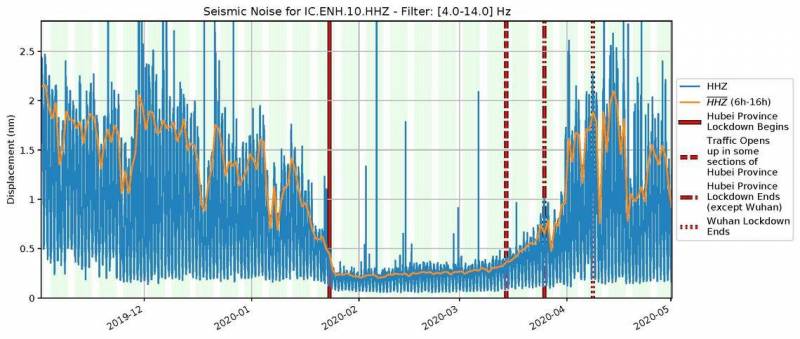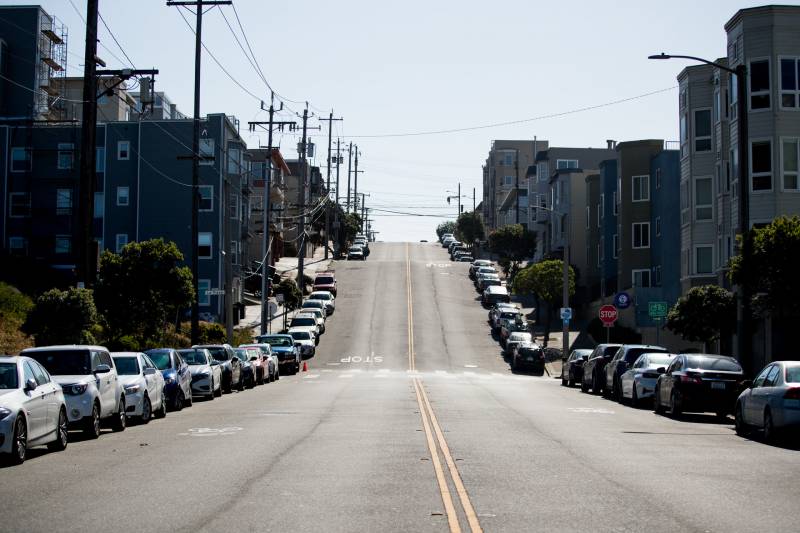Thomas Lecocq, lead author and seismologist with the Royal Observatory of Belgium, told Nature that the months of quiet created a unique moment for scientific observation. Suddenly, their sensitive equipment could detect activity from small earthquakes that normally would have been masked by human vibrations.
Earthquakes, of course, are a major — but not the only — source of seismic noise, the hum of activity vibrating the Earth’s crust. Seismometers can register the sound of cars on highways, barrelling trains, swiveling cranes and even feet stomping in a packed sports arena.
All of this “cultural noise,” has for years muddied the sound of small earthquakes quietly rumbling below Seattle, San Francisco, Los Angeles and other major cities that exist above active fault lines, according to Rob Anthony, a USGS scientist and a co-author of the study.
“These faults underneath cities are the most problematic,” he told KQED. “If they go off, they’re going to do the most damage to buildings because everyone’s living there.”
The data the group collected could potentially improve the ability to map many smaller earthquake faults that lie underneath these cities, improving building codes and emergency response in the process.
Taka’aki Taira, a research seismologist at UC Berkeley, also participated in the study. He says the Bay Area saw a “clear drop of human-generated seismic noise following the shelter-in-place order,” adding that his lab is “exploring our seismic data to see if we can detect signals from small earthquakes that are usually buried in noise.”
Many seismologists expected the lockdowns would cause a decrease in seismic noise, based on their observations of other moments when humans are less active.
“If you just look at seismic records, you see very strong day cycles and a large part of that is just that there’s less people and machinery moving around at night,” Anthony said. “On Christmas, the seismic noise drops substantially.”
The new seismic record is so interesting, he says, because it shows a stillness that begins in China and spreads to other countries, following the path of the coronavirus.
“China implemented lockdown measures the soonest, at some point in January,” recalls Anthony. “And then later, as other countries implemented lockdowns in March and April, when you could start to see it in other cities across the world.”
He credits the Royal Observatory’s Lecocq, who mobilized dozens of seismologists to work on the study and shared a uniform software code to coordinate everyone’s efforts.
“When we were all stuck at home during this crisis,” says Anthony, “he provided open source code to seismologists across the world so that they could do this type of analysis on their own.”


